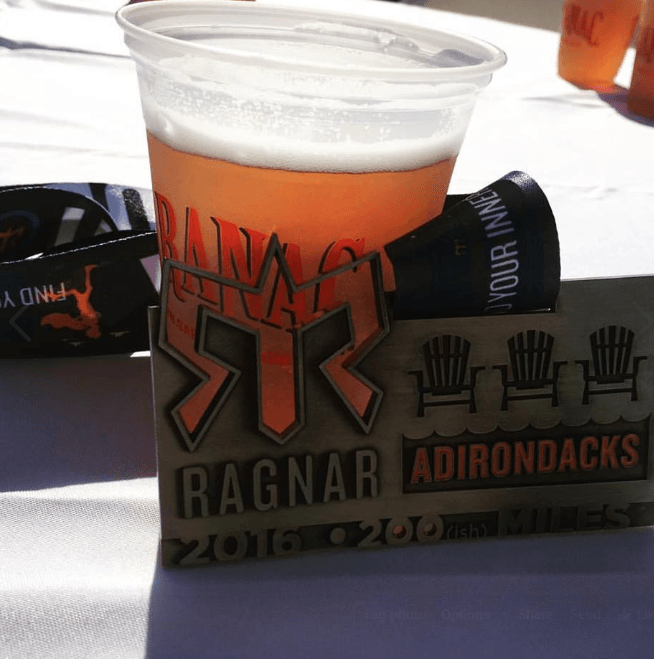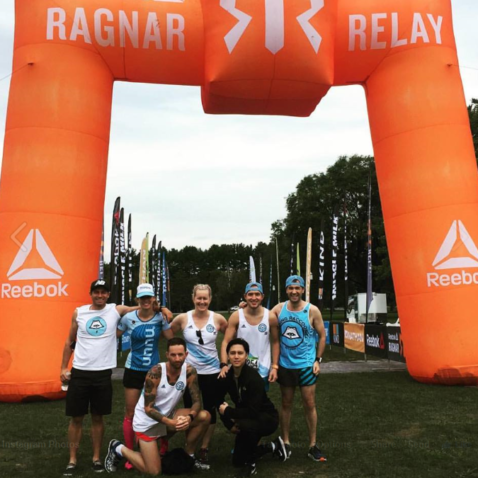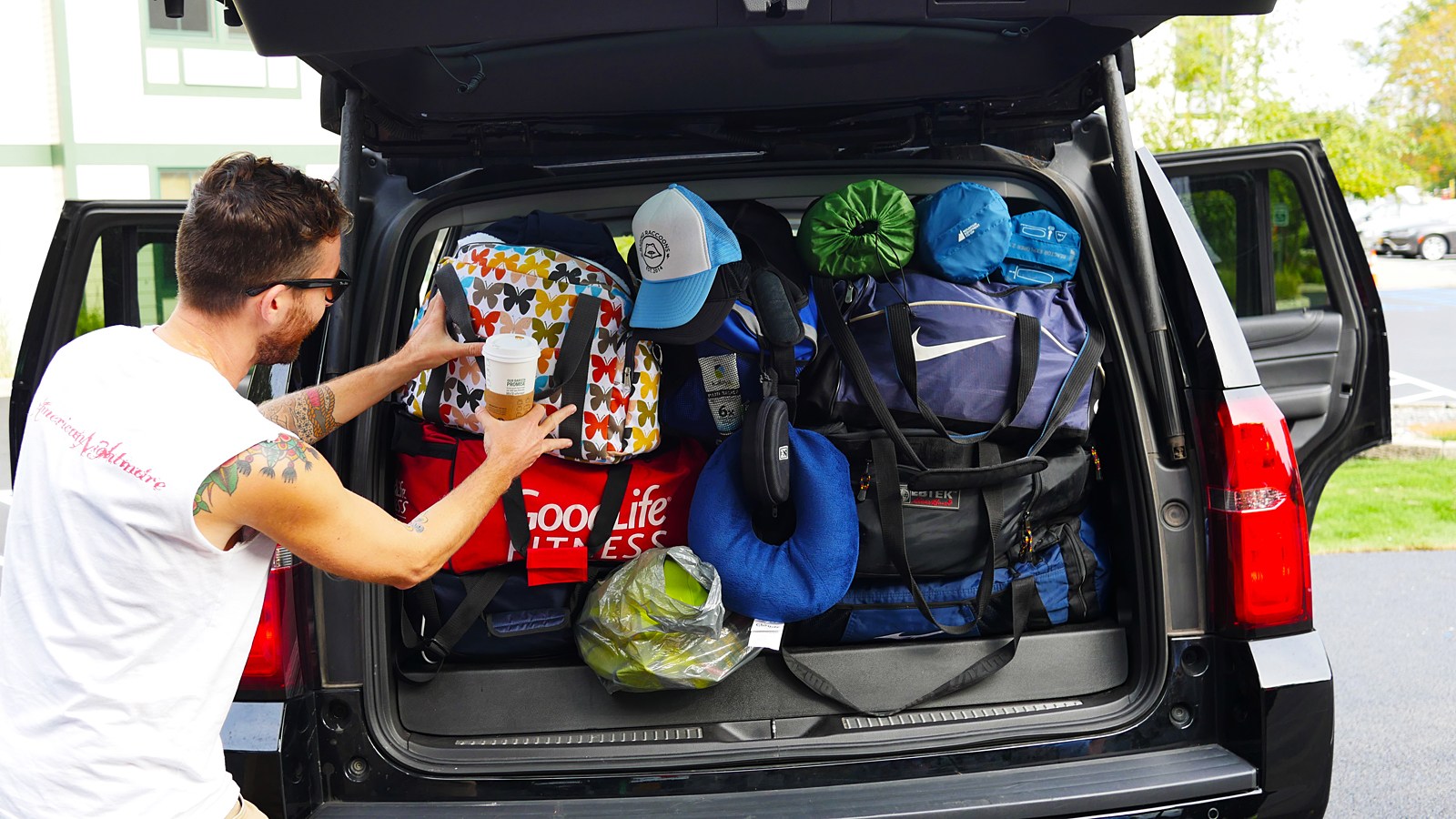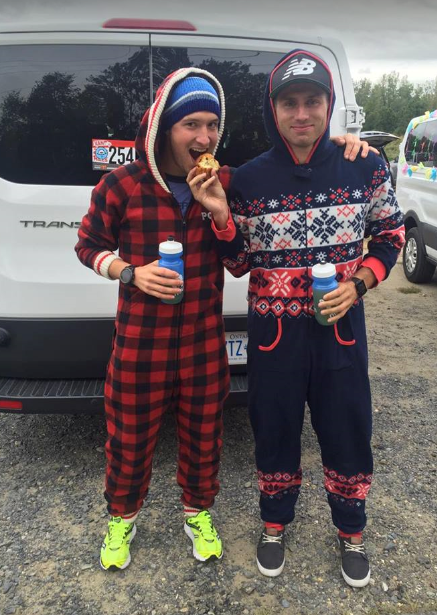What I Tried: Running a Ragnar Ultra
Why return to a 24-hour running event? The Ragnar Relay certainly beckons any runner who has done it once. But how do you ensure that everything will go smoothly on race day?

 The first time I did a 24-hour running event, I truly thought it would be my last.
The first time I did a 24-hour running event, I truly thought it would be my last.
When you run an event like this and night sets in, the first few hours of darkness are exhilarating. Running feels faster and the limited vision sharpens your focus. But as the hours tick by, the novelty wears off and you begin having a one-track mind focused on sleep.
RELATED: Running the Ragnar Relay: The Canadian Running Experience
So that being said, I really can’t explain why I went back for a second round of the Ragnar Relay in an ultra team this year. Somehow, earlier this fall, I found myself accepting the wrist strap baton and taking off for my first of six legs of the 200-mile course in Adirondacks, New York.
If you are new to the Ragnar Relay concept, essentially, it is a 200-mile relay with options to run as a 12-person (regular) group or a six-person (ultra) team. When one runners begins their leg, the team members follow that runner in a large van to the hand-off location. Runners then use a slap bracelet as a baton to indicate the beginning of the next runner’s segment. Each leg ranges from about three to 26 miles and can be done on trail or road. After doing it a couple years, I’ve learned a few key lessons on how to have the happiest possible race.
RELATED: Tips for running your first relay
Get a large van. The first year that our team did the race, we didn’t do our research and ended up with a much smaller vehicle than we should have had. This year, we rented a 12-passenger van for six runners and a driver and it was the perfect amount of space. It allowed those who wanted to catch some sleep the space to do so and it was easier to keep our things organised.

Label your water bottles. The first year, we all had similar water bottles and as the race unfolded, our claim on our personal property dissolved. Most of us ended up sharing the same nasty cold by the end of the trip so this year, we found creative ways to mark our bottles.
Have a leg cheat sheet. We marked each of our legs on a sheet of paper and taped it to the van windows so we always knew who was running next and for how long.
Have your own personal food supply. We learned the hard way our first time around: If you don’t have your individual nutrition planned out, other people will eat it. This year, we had some items that we shared, but most of the runners used food that was personalized to what we wanted to eat. A few of my on-course favourites were Enduroballs from the Rocket Fuel cookbook, muffins from the Run Fast Eat Slow cookbook, cold brew coffee, bananas and peanut butter wraps.
 Pace yourself. This sounds obvious but during a multi-leg relay, it’s even more important. Accumulated fatigue is a real thing. You will most likely slow down as the legs progress and as in most races, if you go out too quickly, you will be hurting by mile 30.
Pace yourself. This sounds obvious but during a multi-leg relay, it’s even more important. Accumulated fatigue is a real thing. You will most likely slow down as the legs progress and as in most races, if you go out too quickly, you will be hurting by mile 30.
Onesies. There is nothing else on earth that will provide the warmth and comfort needed by a spectating runner as a onesie. And it makes a bold fashion statement on the course.
Bring noisemakers to cheer on your runner. Our team was fully prepped with music and cowbells that we used to motivate our relay runner which is crucial when running extra long distances. But just as a side note though, respect quiet zones while racing in the night time.
Now that we have completed our race, I am off on my next misadventure. You can find me on twitter@lacesandlattes and my personal blog.

